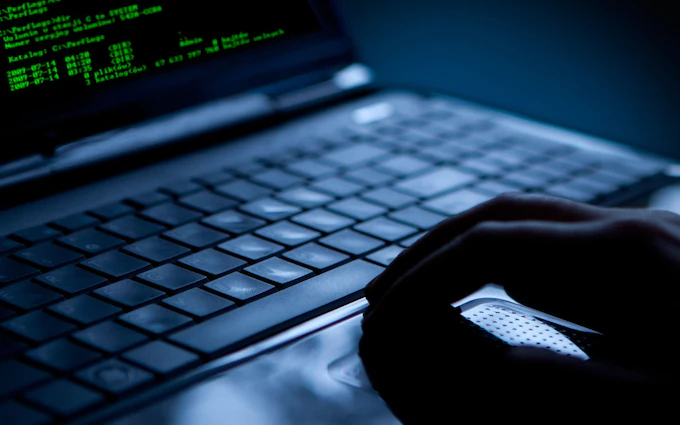Hackers just love emails.
Why? Because pretty much everyone has an email address. Email contacts are easy to find online. All a hacker has to do is send a link with malicious code or an infected attachment and wait.
Once someone clicks on said link or opens the attachment, it downloads malware to their computer or mobile phone. This malware may provide access to your passwords or allow hackers to control your system remotely.
If they get the password that allows them access to your email, hackers can use it to not only lock you out of your email but also to change passwords for any account for which you use the email for login.
Therefore, a hacked email can lead them to your social networks and private information they can use to demand ransom.
How can you employ cloud email security, and what are some of the common cyber threats you should know about?
What Makes Email Vulnerable to Hacking?
As we mentioned, email addresses are easily obtained.
People put their email contact details on their websites and also sometimes on their CVs that are uploaded to public sites such as Indeed or on social media.
Cybercriminals can also get your private information from data dumps that store personal information leaked in data breaches.
In fact, your email may have already been exposed to a major data breach. You can check that on this site. Even governments use it to confirm whether email addresses have been breached.
The site will also let you know if your passwords or other data have been leaked in said breaches. If you still have access to your email, change the passwords.
Another reason emails are vulnerable and highly targeted is that they make it easy for hackers to exploit humans behind computers.
Less tech-savvy people are likely to click a link that’s in an email — especially if the email that arrived in their inbox looks as if it’s from a legitimate organization.
Common Email Cyber Threats
Understanding how some of the likely hacking attempts work can help you recognize the attack and decrease the chance that you’re going to become a victim of a cyberattack. The two most common email security threats include phishing and ransomware.
Phishing accounts for nine out of ten hacking attempts on email. There are many different types of phishing, but what they all have in common is that the email sender is impersonating someone else to gain your trust.
Hackers might send emails that look like notices from official health institutions, charities, or even your bank. They might even try to use an email similar to one of your superiors in your company and trick you into sending them your login credentials.
Ransomware via email happens once every 11 seconds worldwide. It starts with an infected link that is sent via email. If a person opens the link, they can install the malware that encrypts their data. This is where hackers step in and ask for a ransom to provide you with the key that unlocks access to your data.
How to Hacker-Proof Your Email?
A good start is basic cybersecurity hygiene, such as regularly changing your password and not clicking any links in emails that an unknown sender has sent.
Businesses that worry about cybersecurity should also consider getting security systems and software that protect them from common hacking attempts.
Namely, in a rush and without suspecting that an email is not safe, employees might click on the email by the sender that is impersonating authority such as a health service, credit card company, or police.
Employ cloud email security solutions that protect the weakest point of cybersecurity — your email. Even though email providers will have filters that will ditch obvious spam emails straight to the bin, filters can’t detect more sophisticated phishing attempts.
Top solutions should protect you and your employees from attacks such as phishing and ransomware. They should also detect any data leaks and account takeovers.
For Strong Cybersecurity, Start With Email
If you don’t know where to start with your cybersecurity, start with your email. Hackers have been sending emails accompanied by phishing messages and infected links ever since the very introduction of the internet. They still rely on email hacking to this day because, quite simply, it works.
Besides aiming for that inbox zero every day, don’t forget to remind your team to employ a zero-trust approach as they reply to their emails. Email hacking is to be expected, and they should suspect any email from an unknown sender.
To fend off more sophisticated hacking techniques, have email security solutions that can detect and defend your emails from cyber threats.
